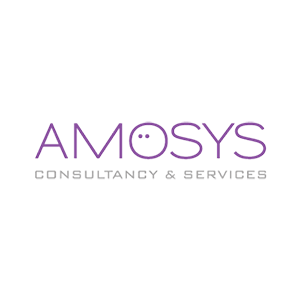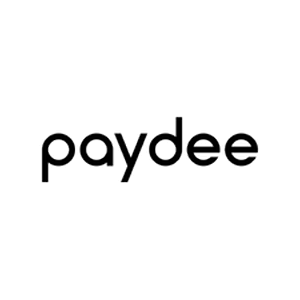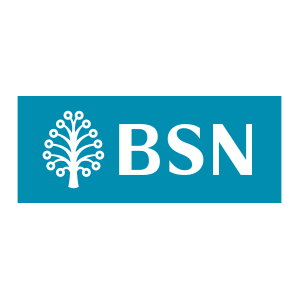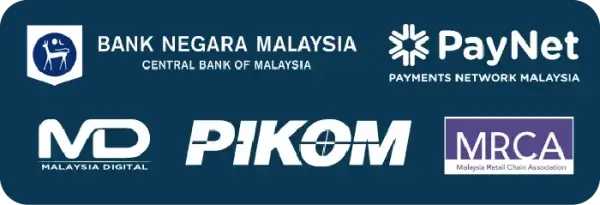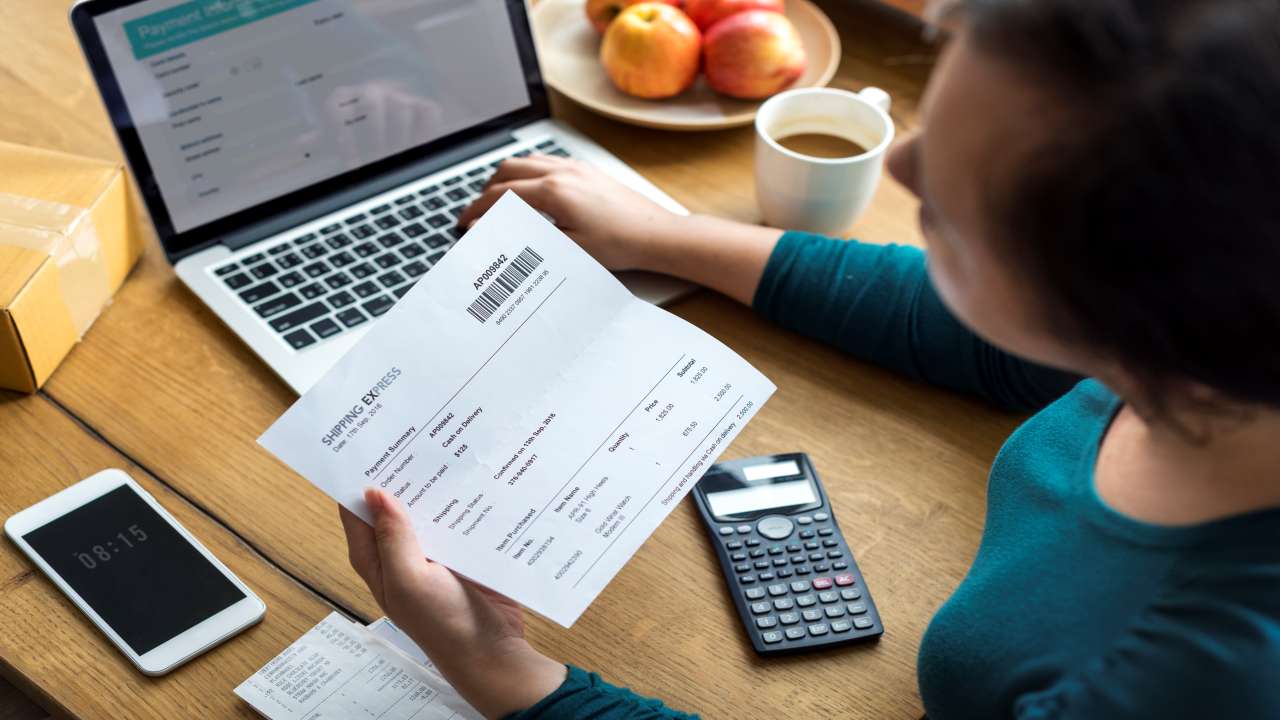
马来西亚的数字化进程将于 2025年7月1日迈出重要一步——强制推行电子发票制度。此次改革由内陆税收局(LHDN)主导,将影响所有马来西亚企业,尤其是中小企业和 马来西亚的支付网关 包括 Paydibs 在内的服务提供商。如今,了解电子发票的运作方式及其与支付系统的整合,对于实现税务合规、流程自动化和实时报告变得至关重要。
什么是电子发票?为什么现在强制使用电子发票?
电子发票 是指以结构化的数字格式进行发票的电子生成、验证、交换和归档。根据LHDN(内陆税收局)的电子发票框架,发票必须实时开具,并通过政府的MyInvois平台进行验证。
其目标在于减少欺诈行为、实现税务申报自动化、缩小增值税缺口,并提升整体透明度。
谁会受到 2025 年 7 月电子发票强制令的影响?
在内陆税收局(LHDN)的主导下,此次电子发票强制政策将通过分阶段实施推进,逐步覆盖所有马来西亚企业,涵盖企业对企业(B2B)和企业对消费者(B2C)的全部交易。
1 July 2025: 适用于年营业额超过500万令吉且不超过2500万令吉的企业。
1 January 2026: 适用于年营业额介于100万令吉至500万令吉之间的微型、小型和中型企业(MSMEs)。
1 July 2026: 适用于所有其余纳税人,包括年收入或销售额高达 100 万令吉的纳税人.
马来西亚的电子发票如何运作?
以下是简化的流程:
- 卖家创建结构化发票(JSON/XML 格式)。
- 发票通过 MyInvois 系统发送到 LHDN 进行验证。
- 一旦验证,LHDN 将返回唯一标识符号 (UIN) 和二维码。
- 经过验证的发票将发送给买方并以电子方式存储。
支付网关(如 Paydibs)在此过程中扮演什么角色?
支付处理商和支付网关现在将在推动电子发票实施方面发挥关键作用,具体方式包括:
- 自动生成发票数据 当交易通过 FPX、卡、DuitNow 或钱包支付发生时。
- 集成 MyInvois API 进 POS 和在线结账系统。
- 在符合税务记录 保存法规的云端环境中安全存储已验证的发票。
Paydibs 及类似服务提供商可为缺乏资源进行定制集成的中小企业提供“电子发票即服务”(e-invoicing-as-a-service)。
电子发票对企业的主要好处
- 更快的处理和付款
- 提高现金流可见性
- 实时合规性和审计准备
- 降低管理成本(无需手动报税)
- 通过实时发票验证减少欺诈
中小企业可能面临的挑战
挑战 | 推荐举动 |
缺乏技术知识 | 使用集成电子发票的网关 |
系统迁移复杂度 | 从即插即用 API 解决方案开始 |
培训与意识 | 参加 LHDN 网络研讨会,咨询您的税务代理人 |
结论:立即做好准备,否则将面临不合规风险
面对可能面临的处罚和审计风险,马来西亚企业已无法再推迟电子发票的实施。与像 Paydibs 这样支持 MyInvois 集成的支付服务提供商合作,将使合规过程更加顺畅,尤其对中小企业而言至关重要。从今天开始制定迁移计划,确保在2025年7月之后实现平稳运营。
常见问题
1.什么是MyInvois?
MyInvois 是 LHDN(马来西亚内陆税收局)推出的政府平台,在发票发送给买家之前,负责对电子发票进行验证和核准。
2. 个体经营者是否需要遵守电子发票规定?
是的,2025 年 7 月的要求甚至包括个体经营者和自由职业者。(年营业额高于 RM 150,000)
3. 如果我改为开具手动发票,会发生什么情况?
2025 年 7 月 1 日之后开具的手动发票将不被视为税务发票,并可能导致处罚。
4. 我可以使用 Excel 创建电子发票吗?
不可以。我们只接受通过 MyInvois 系统发送的结构化数字格式,例如 JSON 或 XML。
5. 我需要更改我的支付网关吗?
不一定,但您的支付网关必须支持电子发票或与 MyInvois 集成。像 Paydibs 这样的支付网关已经支持了。
6. 我必须保存已验证的电子发票多长时间?
根据马来西亚税法的要求,发票必须以电子方式保存至少 7 年。
近期文章
类别
我们的合作伙伴 :
